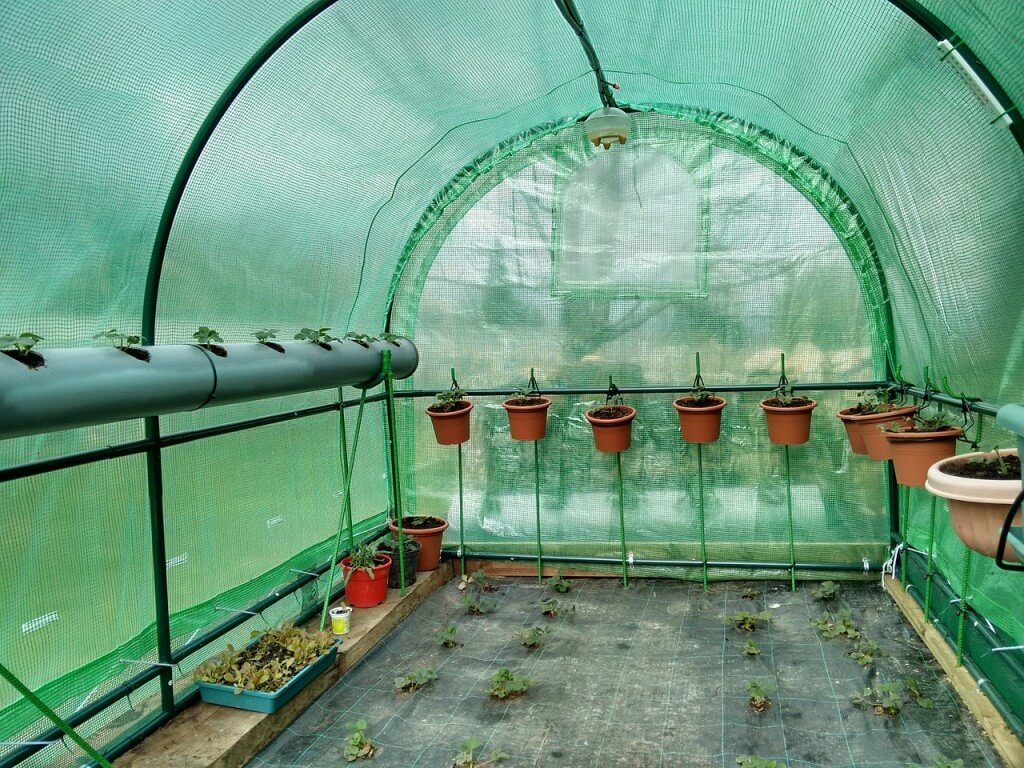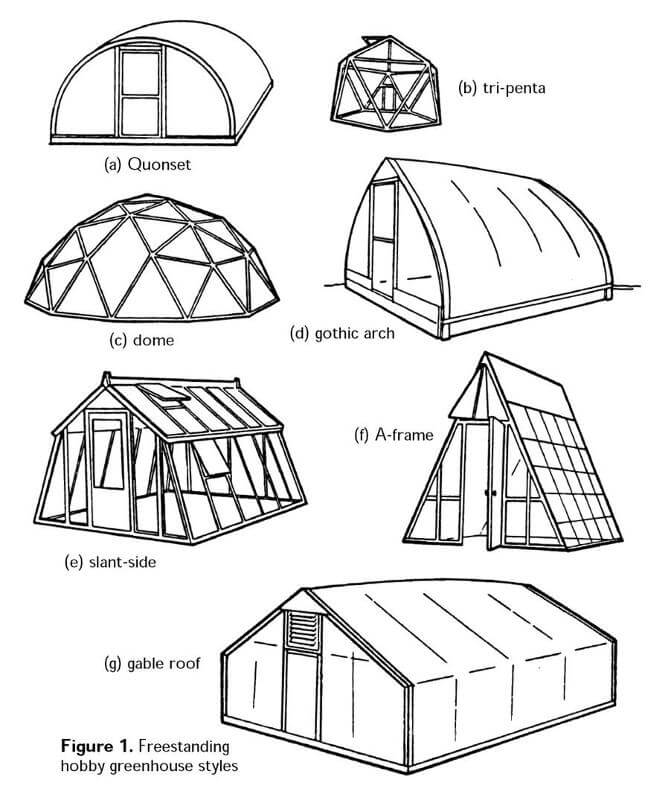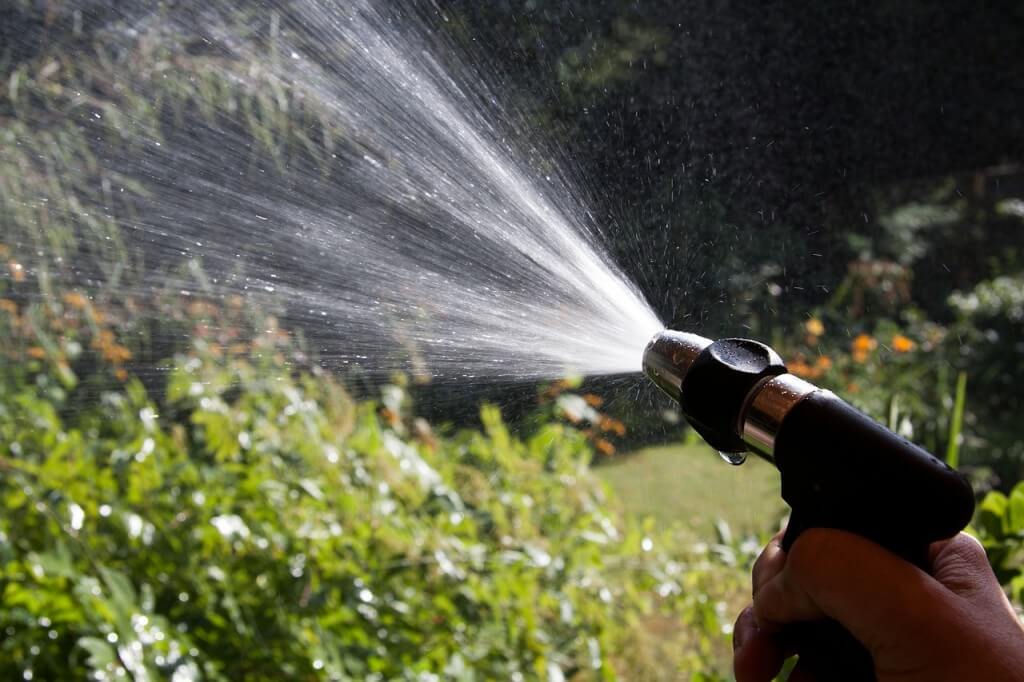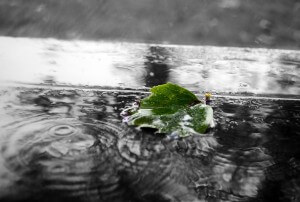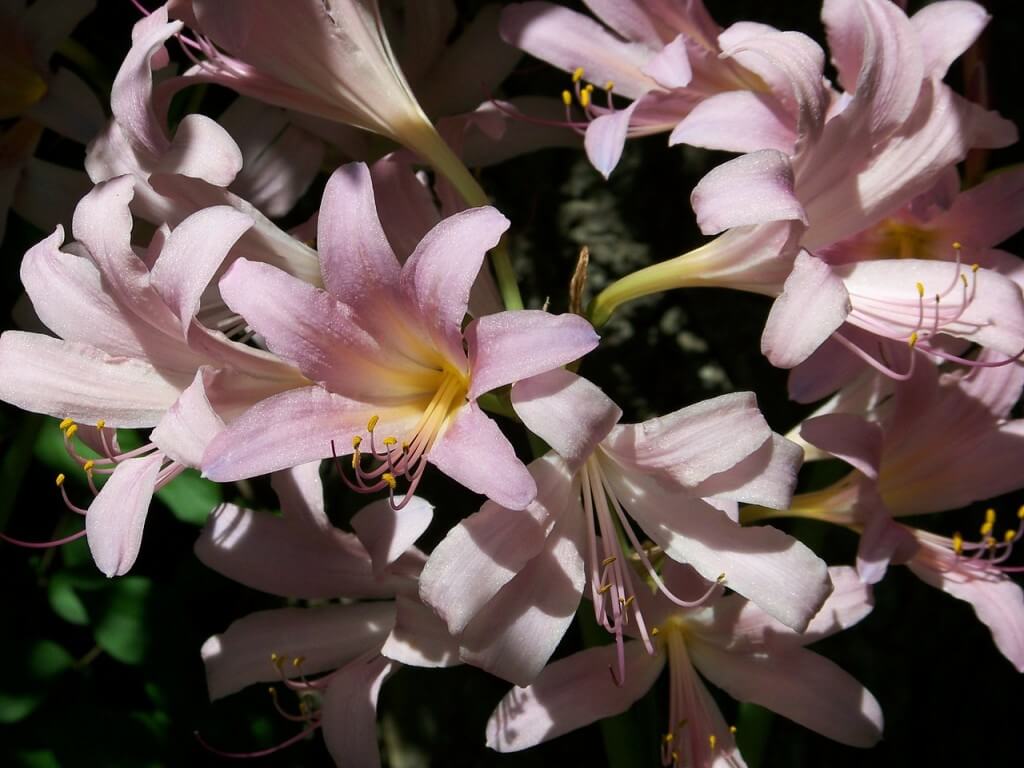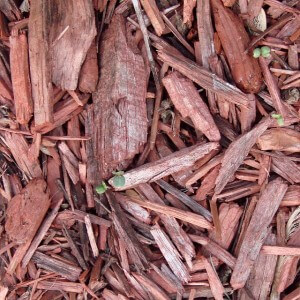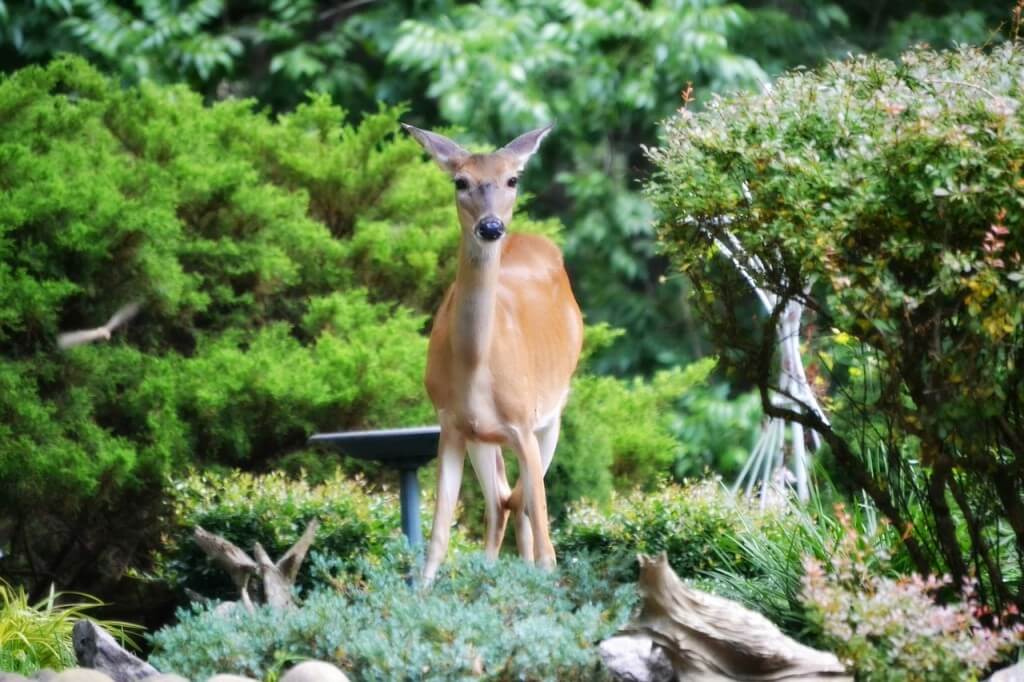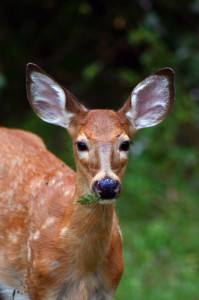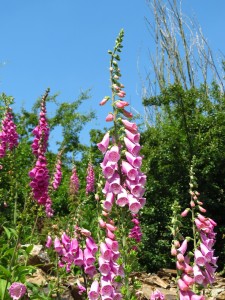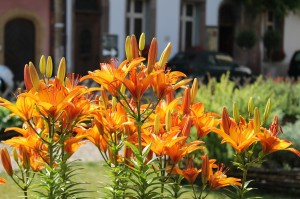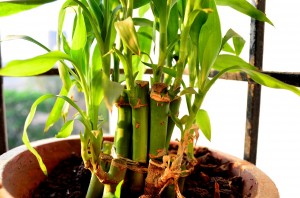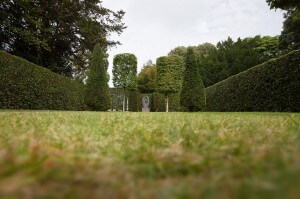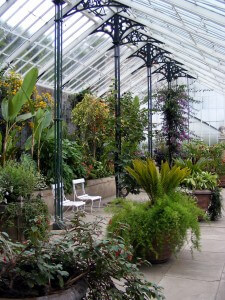 Located in Jasper, Ga., Whispering Springs Nursery offers a variety of plants to choose from, the majority of which are grown onsite in greenhouses. Just as a brief recap of our Greenhouse Growing – Part One post from last week, we are explaining why some gardeners prefer to grow in greenhouses instead of outdoors. A few reasons to greenhouse grow are to protect your plants from pests and the elements; to collect solar energy to heat your plants, which do this by releasing thermal energy slowly through the night; and sometimes the look of a greenhouse may be appealing and give your yard a little character.
Located in Jasper, Ga., Whispering Springs Nursery offers a variety of plants to choose from, the majority of which are grown onsite in greenhouses. Just as a brief recap of our Greenhouse Growing – Part One post from last week, we are explaining why some gardeners prefer to grow in greenhouses instead of outdoors. A few reasons to greenhouse grow are to protect your plants from pests and the elements; to collect solar energy to heat your plants, which do this by releasing thermal energy slowly through the night; and sometimes the look of a greenhouse may be appealing and give your yard a little character.
Other advantages to greenhouse growing include: Starting seeds earlier, wintering over tender plants, growing exotic plants and growing vegetables year round.
Using Your Greenhouse
The features of your greenhouse greatly depend on the style and type that you purchase or build. Some greenhouses have extensive setups, with electricity, temperature control, shelving and seating, irrigation, etc. While these features are impressive, they are pricey and generally unnecessary if you’re a hobby gardener. Pre-made greenhouses can usually be purchased at your local hardware or home store (Lowes/Home Depot) or can be made from ‘scratch’ with some wood and plastic covering.
For the purposes of this blog, let’s review some of the features EVERY greenhouse needs to be functional:
-
Greenhouse Benches: No, these are not for sitting; these benches are the tables that your plant trays go on. Greenhouse benches or either wooden or metal, and have mesh or holes that allow for water drainage. DIY greenhouse benches are relatively easy to build.
-
Ventilation: Proper ventilation is a must in any greenhouse because it helps to control the temperature of the space. You should have either vents that can be opened on the top or sides of the greenhouse, flaps that can be rolled up or an electric fan system that comes on automatically depending on the rise or fall of the temperature. It is typical practice to prop open vents and doors during the day and to close everything up at night (varies by weather of course).
-
Temperature Control: Shade clothes can be used to aid in lessening the amount of sunlight in the greenhouse during the summer months; this can prevent the temperature from rising too much. Shade clothes can be removed for wintertime. The above mentioned vents also control internal temperature.
-
Humidity: While high humidity is pretty normal in Georgia already, you may need to add even more to your greenhouse for specific exotic and desert plant species. You can add humidity one of two ways:
-
Add trays of pebbles with water in them under your plants or…
-
Place stone or marble chips under your plant tables and water them. (Both methods will cause humidity as long as the rock is damp enough to allow evaporation to occur.)
-
Stay tuned for Part Three next week, when we go over the growing seasons and challenges that come with greenhouse growing. Until then, come visit our Whispering Springs Nursery greenhouses and see how we grow our gorgeous variety of plants. We would be happy to help you and give you some suggestions for what to get started growing!
Questions or concerns? Please contact Whispering Springs Nursery today and don’t forget to give us a review on our Google+ page sometime. Happy gardening!



